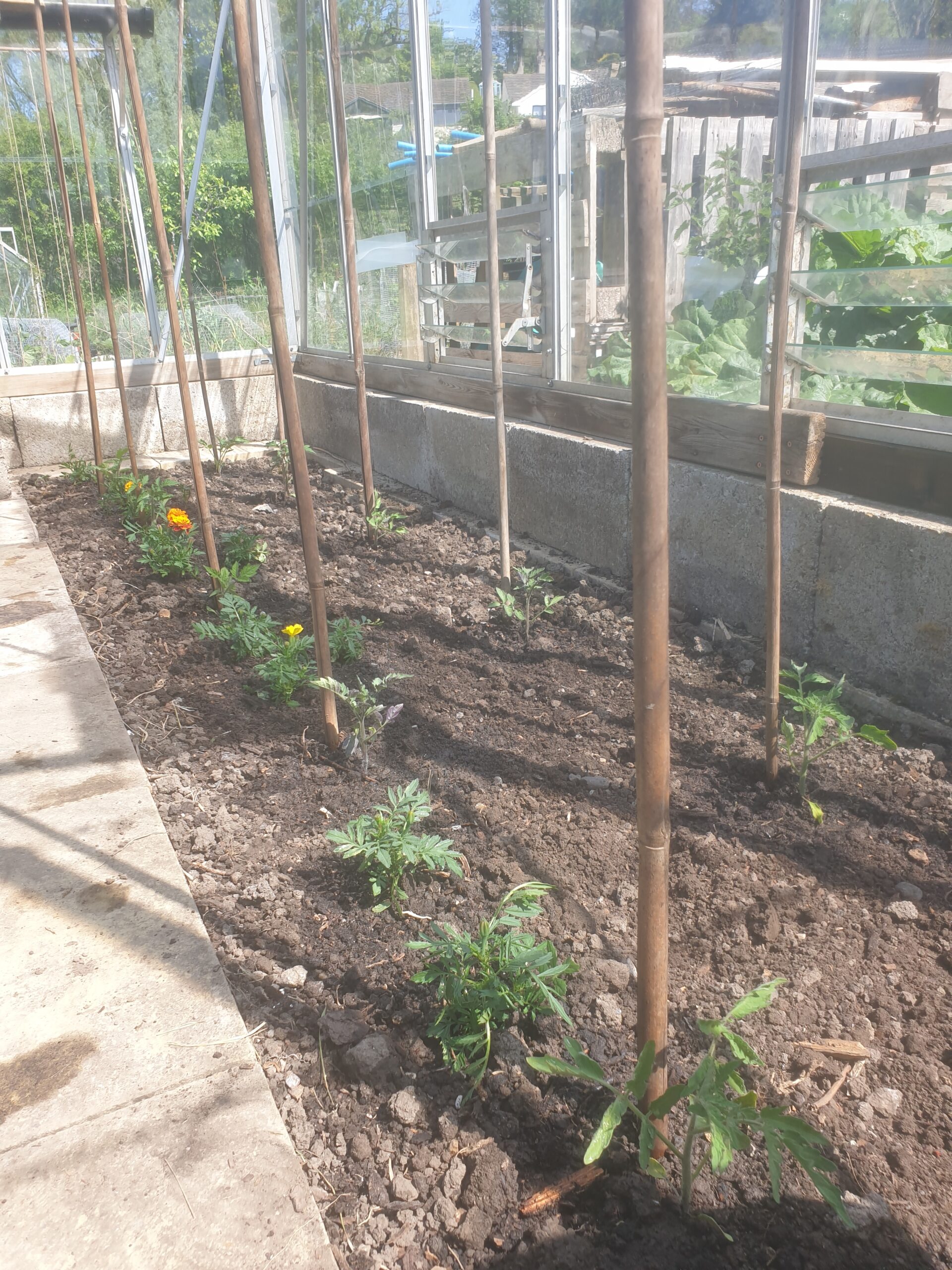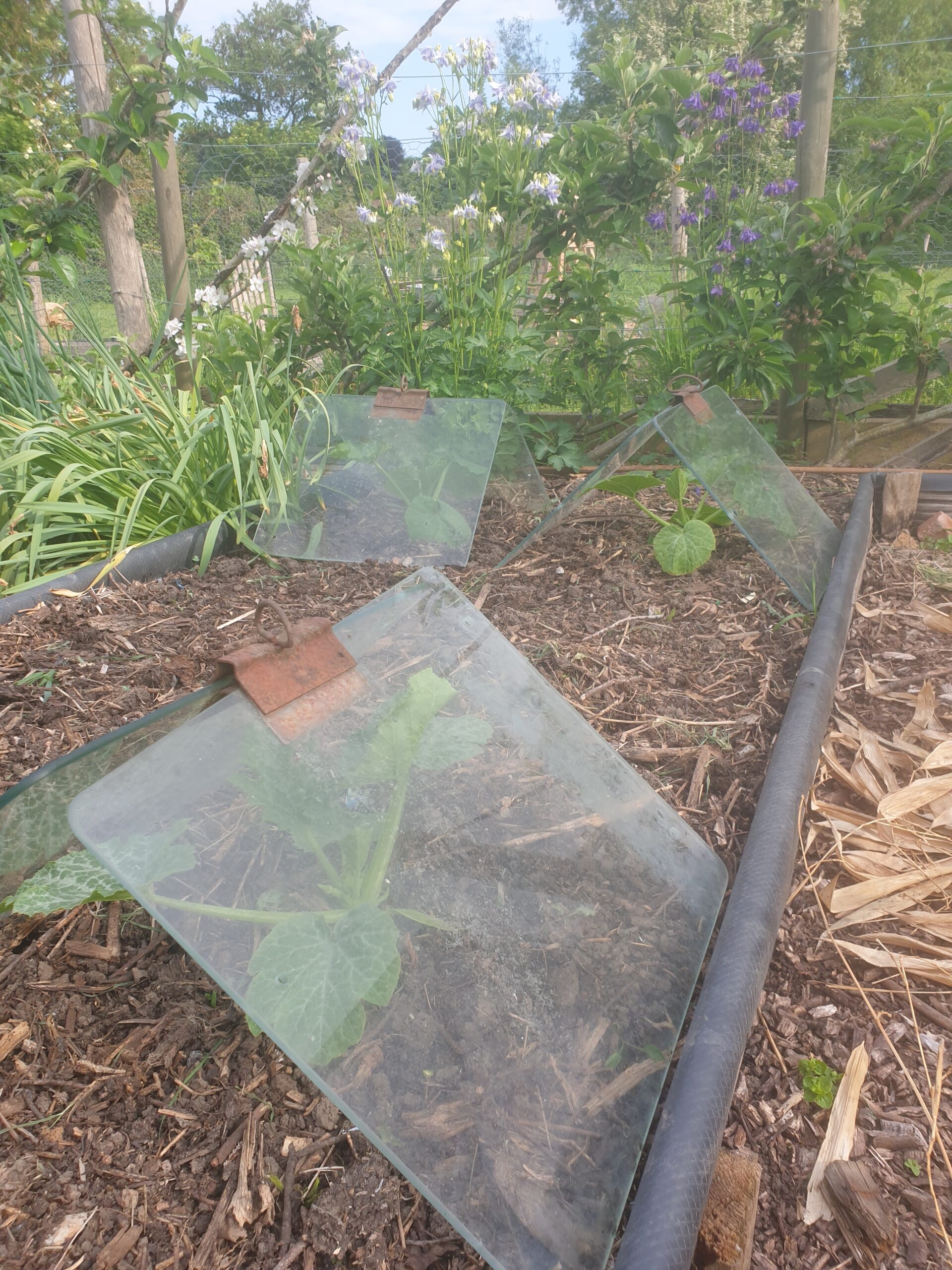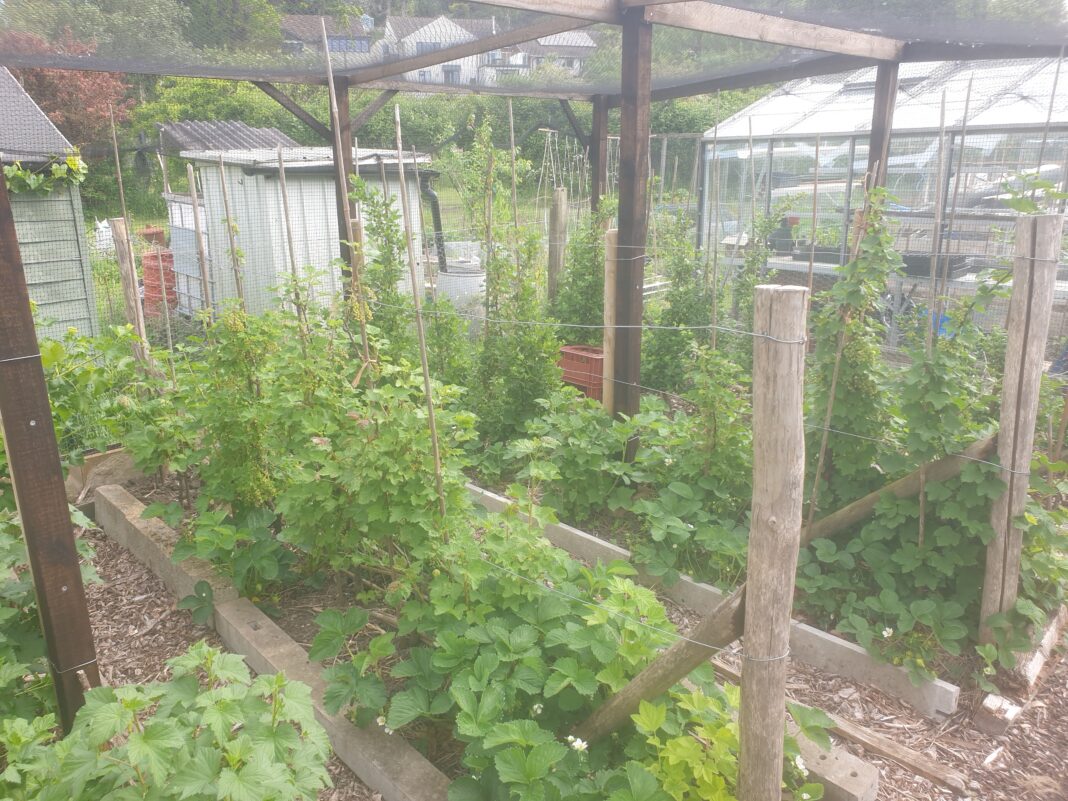My journey into growing fruit and veg began before I was of school age, when my mother would take me with her when working on her allotment. Over 60 years later, I am still going to an allotment, albeit in a different town and it now being my own domain.
In this time, I have gone from being a traditional grower trenching the land each year to a no-dig advocate. But one thing remains the same: the joy of picking my own home grown produce. From A for asparagus, to Z for zucchini (courgettes to us British), via B for beans, C for currants, T for tomatoes and many other letters in between. What bounty!
While pottering in the greenhouse recently, I considered what are the three crops that I would not do without, are better grown at home rather than bought, and are the ‘Taste of Summer’ for me.

Tomatoes
Top of my list has to be tomatoes. I never buy tomatoes, as the flavour of commercial ones is so inferior to home grown. So, the tomato is a true flavour of the summer for me, and in a good year I start that bounty before the end of June.
According to Wikipedia there over 10,000 varieties worldwide. Although you are unlikely to have that choice in the UK, there are a number of specialist mail order firms that offer a good range. One, Nicky’s Nursery, has 200 varieties listed (Tomato Seeds over 200 varieties).
Each grower will have their favourites, and I am no exception. There are three that I grow each year:
Sungold – a yellow cherry tomato which is the sweetest that I have grown.
Orange Wellington – a beef variety that has dense flesh that is almost seedless.
San Marzano – considered by many to be the best plum tomato for bottling, cooking or making sauces.
I also trial a few varieties. This year I have:
Vivacious – a new egg-shaped variety that supposedly has high levels of vitamin A and a good balance of flavour.
Crokini – a blight resistant variety that is insurance for the outdoor crop.
Red Dragon (Y Ddraig Goch) – the first registered with a Welsh name.
With so much variety in size, shape and colour there is a tomato out there for everyone. What is yours?
Soft Fruit
Coming in a close second is soft fruit, or more specifically the bush fruits currants (red, white and black) and gooseberries. Essential ingredients in any summer pudding; making lovely jellies and jams; toppings for cheese cake; and delicious eaten fresh.
There is a fair investment in purchasing plants, ground preparation, supports and bird netting. But once installed the maintenance is fairly easy and the plants will crop for years. The price of soft fruit is an added incentive.
Red Currants – fairly acid with a high pectin content that makes it good for jellies. I like the sharpness of the fruit and add them to my cereal. The season starts with Jonkheet van Tets, via Rovado (mid-season) to Redstart.
White currants – sweeter than red currants so better for eating raw, but not so good for preserves. White Versailles is the traditional variety grown, but is being challenged by newer introductions such as Blanca.
Gooseberries – the great thing about gooseberries is that picking starts before they are fully ripe. The earliest thinnings are great for crumbles and pies; as they ripen, they become ready for jams and wine (2024 was a good vintage); the last are left to fully ripen and are wonderful eaten fresh.
All three can be grown as bushes but I prefer growing as cordons (single stem up to 2m in height) at 40cm spacing in the row. It makes picking easier and more varieties can be grown in the space and thus extend the season.
Black Currants – unlike the above, black currants fruit on the previous season’s wood, so are not grown as cordons but as bushes. Many find the berries too tart to eat fresh, but I like the flavour burst when added to cereal. They are normally used for jams and cordials (think Ribena) but are also good in summer puddings in moderation.
Plants are available at most garden centres and nurseries. But it is worth seeking out a specialist nursery such as Chris Bowers (Soft Fruits – Chris Bowers & Sons) for a wider choice, and therefore, a longer cropping season.

Courgettes
The last of my three essential summer crops are courgettes. These are available year-round in the supermarkets, but I still consider them to be a summer crop. I include them as they are so easy to grow and so prolific that you have to get inventive in your cooking to keep on top of them. You can eat them raw; fry them; roast them; combine with other veg into ratatouille; put in cakes; and no doubt, make wine from them. They are so useful.
Two plants would be ample for our household, but I like to grow different types:
- The normal green type.
- The Lebanese type – lighter in colour with more tenderer skins and slightly bulbous at the flower end (Clarion is a good example).
- Yellow types – bight yellow skins provide colour to a meal. Shooting Star is my ‘go-to’ yellow variety. Very prolific with firm fruits.
As we approach the end of May, I am full of anticipation. The first gooseberries will be ready in June, and I am pretty sure I got my tomatoes planted in time for a late June start to the crop. The first of the courgettes were planted last week, so again a June start is possible. My summer is about to begin.
Image Credits: Nigel Jennings .



